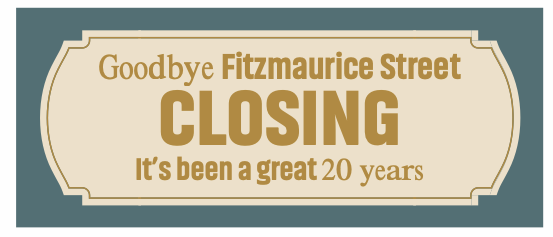Lilly Lane Picture Framing was established in 1993. With stores in Leeton and Wagga Wagga (2002) owner operators Bill and Suzanne Allitt have extensive knowledge and expertise in all manner of picture framing, keeping up with the current trends in both techniques and styles.
Our philosophy is to treat each artwork on its merits – the rare or hard to come by art, be it a one off original, including family phtographs, paintings and prints, to last for the next generations - using conservation techniques.
We can advise you on the best method to frame your artwork, so you can have complete confidence in the our workmanship.
Needlework: We frame needlework using acid neutral backing boards. Fine needlework is laced onto the acid neutral needlework board, giving the you complete confidence that your creation will last.
Products we use
Lilly Lane Picture Framing uses Artcare Alpha Celulose Mount board to protect your artwork.
Hinging of photographs and artwork we use Neschen P 90 tape
Backing board consist of many types depending on the value of the article to be framed, be it a valuable print, family photographs we use Adhesive Board which is ph neutral adhesive (acid free) with a built in PVC acid barrier. Mass produced prints we us craftwood/MDF where the work is mounted on the board using a PVA glue.
Glazing:- There are three main types of glass we use one being the most common, the standard 2mm float glasss.
Diffused glass sometimes call non reflect or reflection control. We carry two types one is the standard low-tech “non-glare” glasses have a highly frosted appearance because they are etched on both sides. The resulting fuzziness and distortion created dissatisfaction among many framing customers, which soured framers on the idea of reflection control.
Conservation Reflection Control ® glass employs etching on only one side, eliminating the reflection problem with only a subtle softening of clarity. (This “soft focus actually enhances some images such as portrait photography and impressionist landscapes, where an atmospheric effort is desirable.)
On valuable prints we recommend TRU VUE ® CONSERVATION CLEAR® GLASS
Essential for conservation framing
Perhaps you have a very bright room in which you will display your artwork, or you intend to hang the piece opposite a window or lamp. Anytime you think reflection may become a distraction from the enjoyment of your artwork, you may want to ask for Conservation Reflection Control® Glass.
Many framers are conditioned against using reflection control glass. This is the result of the poor quality glass that has traditionally been available. These low-tech “non-glare” glasses have a highly frosted appearance because they are etched on both sides. The resulting fuzziness and distortion created dissatisfaction among many framing customers, which soured framers on the idea of reflection control.
Ask your framer to see a sample of the four types of Conservation Series ® Glass over your artwork and judge it for yourself. The most important thing to remember when framing your artwork is to consult with your custom framer. The more he or she knows about your project the better they are able to use materials that will ensure your enjoyment for years to come.
What is Conservation Glass?
We’ve all heard about the dangers of ultraviolet light rays — particularly to organic materials. Exposure to UV light causes organic material to break down. This is visible in the form of fading colors and embrittlement and yellowing of the materials that bear the artwork. These effects, once started, are cumulative and irreversible.
The best way to preserve your art is to protect it from exposure to UV light from the outset. For starters, don’t hang your art in direct sunlight or light it with fluorescent light. Ask your framer to use Conservation Quality Glass, such as Tru Vue ® Museum Glass ®, the highest quality glass available.
Museum Glass effectively blocks a minimum of 98% of the dangerous UV light — protecting your artwork without affecting the visible light spectrum so your colors show truly as nice in a year as they do the first day you frame them.
This information was provided for your assistance courtesy of Tru Vue®.
Tru Vue® manufactures a complete line of Conservation Series® Glass featuring TruGuard® UV Protection that work together to protect your framed valuables. For hanging and shipping oversized artwork, we recommend ACRYLITE® acrylic sheet products. ACRYLITE® is a registered trademark of CYRO Industries.

